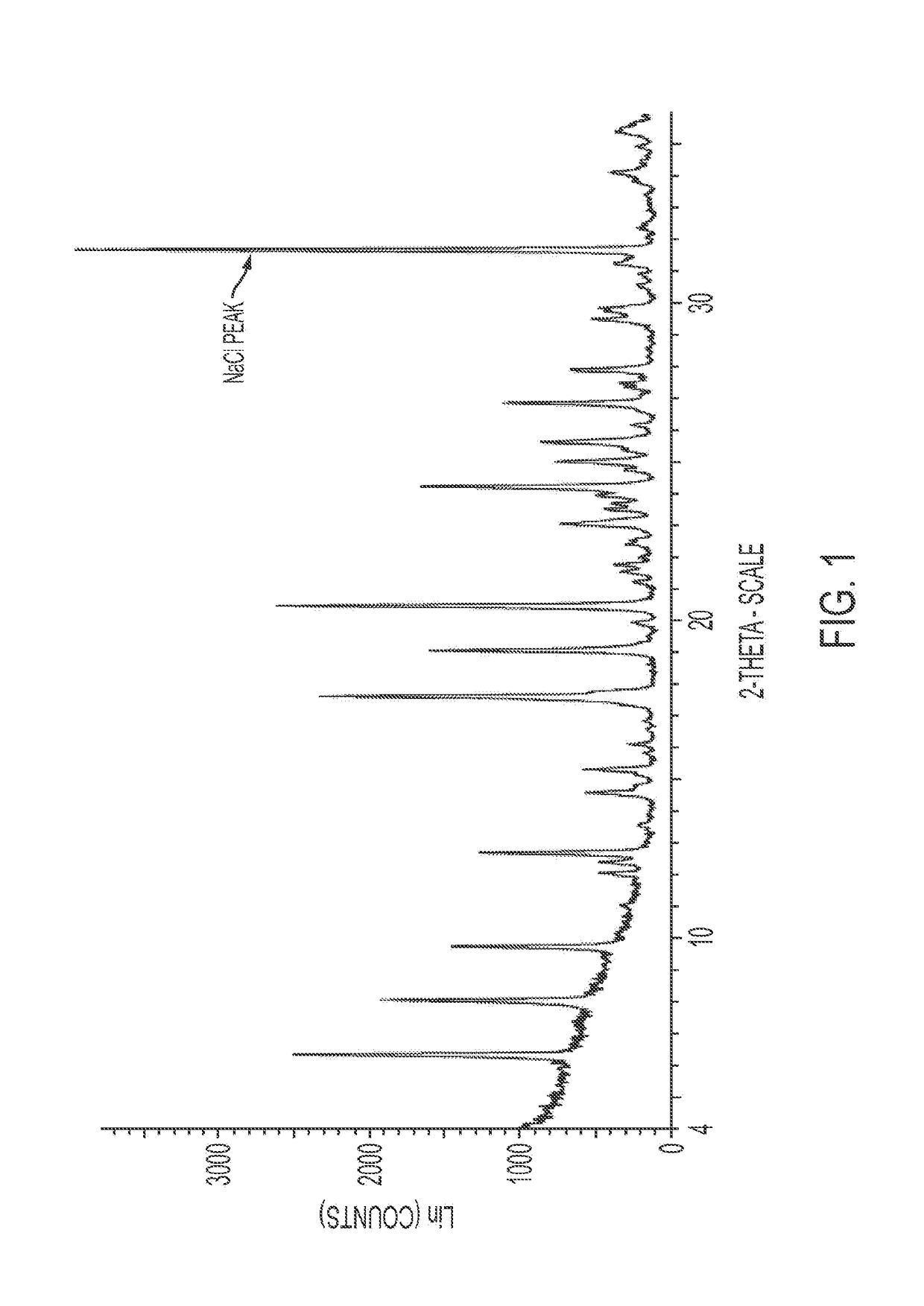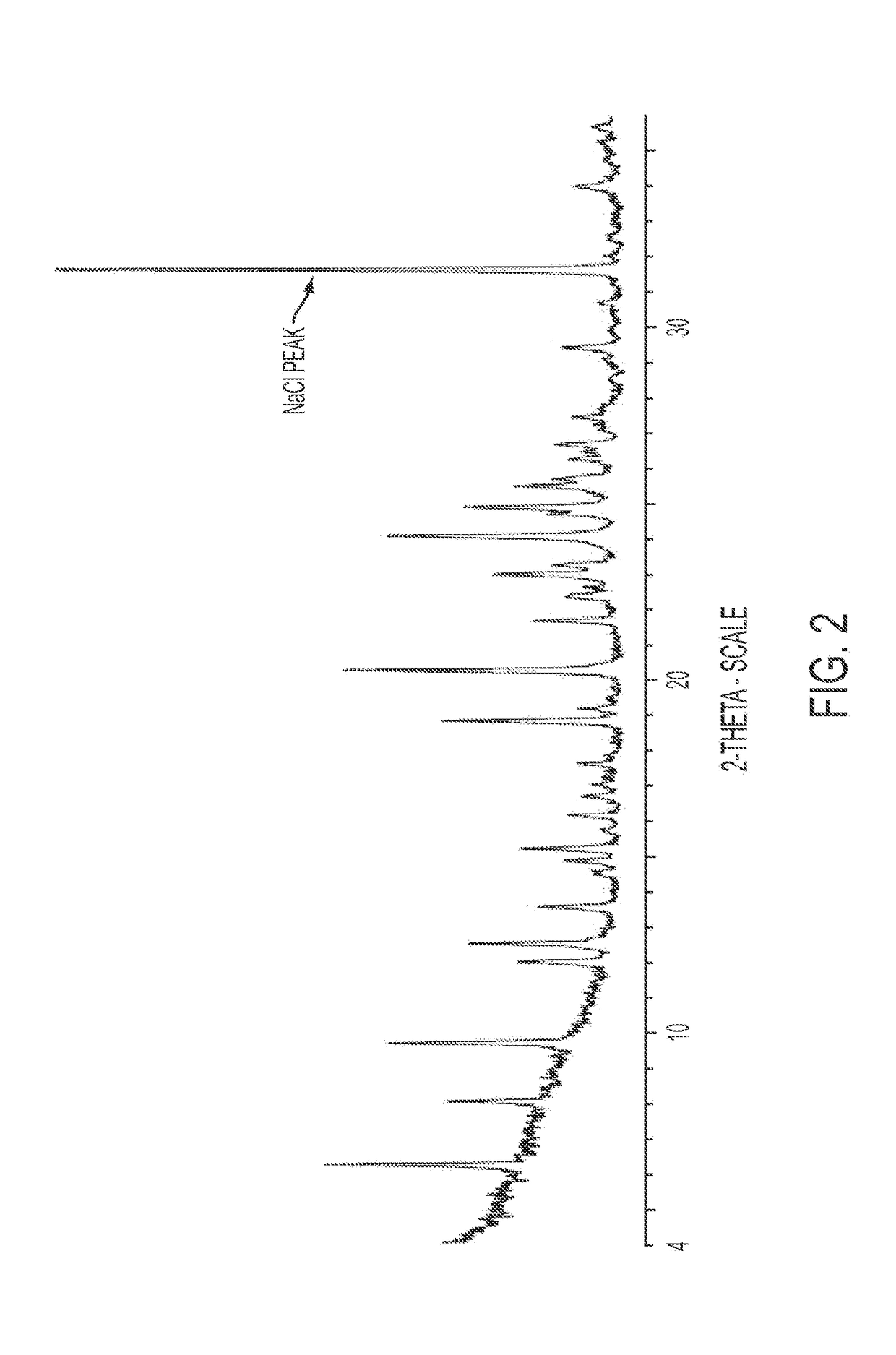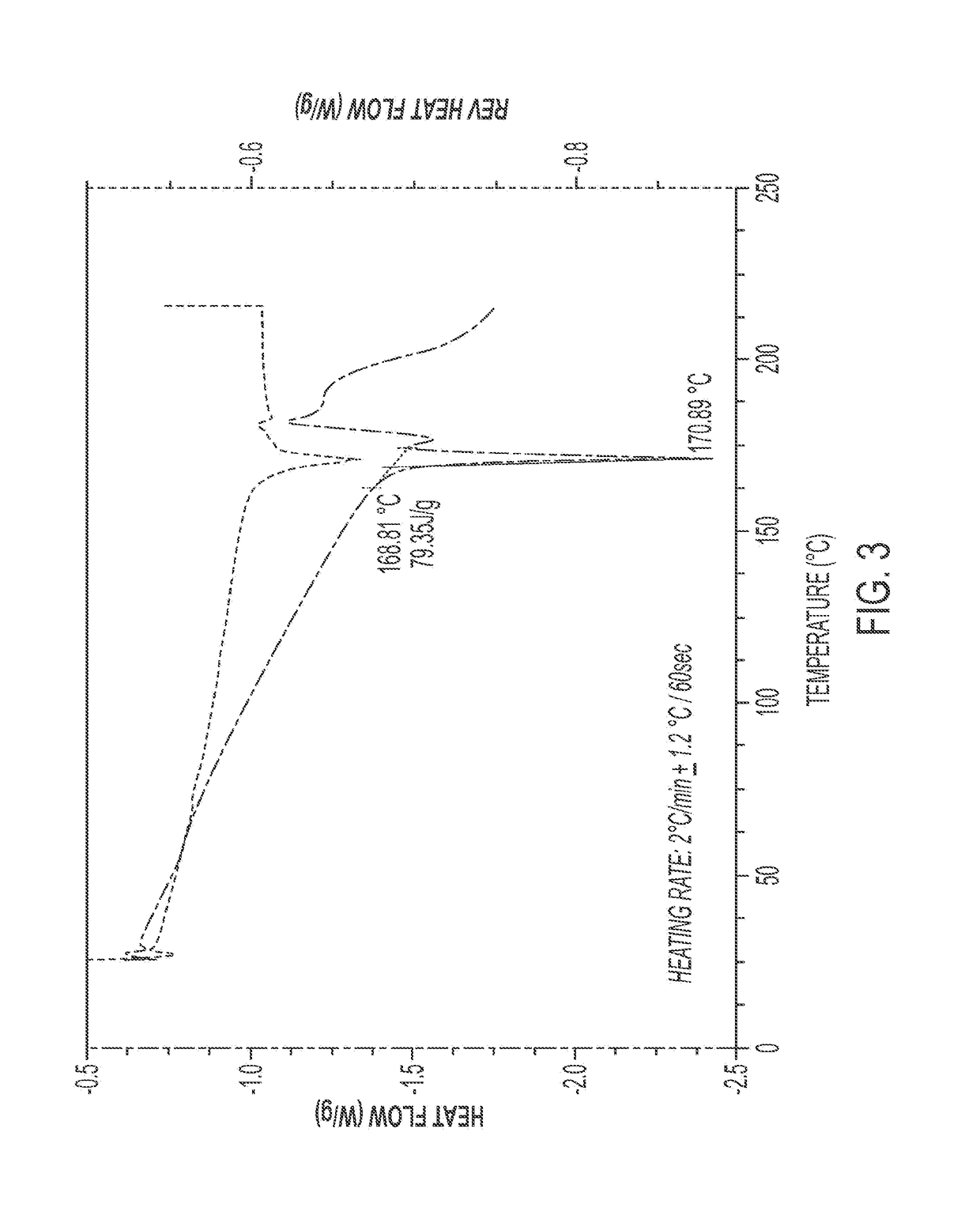Methods for treating infections
a technology for infections and antibiotics, applied in the direction of antibacterial agents, organic active ingredients, pharmaceutical delivery mechanisms, etc., can solve the problems of affecting the treatment effect of patients infected with resistant bacteria, serious and even fatal consequences for patients infected with such resistant bacteria, and shaken beliefs, etc., to improve the tolerability of antimicrobial agents, improve the risk of microbial infections, and prevent the effect of infection
- Summary
- Abstract
- Description
- Claims
- Application Information
AI Technical Summary
Benefits of technology
Problems solved by technology
Method used
Image
Examples
example 1
Formulation for Intravenous Administration
[0223]The following is a sample formulation comprising a liquid formulation of delafloxacin. Table 1 provides a Quantitative Composition of 25 mg / mL Delafloxacin Liquid Formulation.
TABLE 1% w / w inlyophilizedIngredientmg / mLmg / dosepowderDelafloxacin Meglumine25.000 300114.83(amount as free acid)Meglumine (anhydrous,4.88 58.62.03mw 195.21)Betadex Sulfobutyl Ether200240083.0Sodium (Captisol ®) (alsoreferred to as beta-cyclodextrinsulfobutyl ether sodium)Edetate disodium (Disodium0.28 3.40.12EDTA)Sterile Water for Injection (WFI)q.s.q.s.1N Sodium hydroxide solution2q.s.q.s.1N Hydrochloride solution2q.s.q.s.Total1090100Density1.087 g / mLFinal pH9.0 (±0.1)1The amount of delafloxacin is based on a theoretical potency of 100% as free acid. The exact amount will vary depending on the purity of delafloxacin as shown in the equation: Delafloxacin added = quantity of free acid (g) × (100 / purity %) × (100 / 69.30 (salt value)) × (100 / (100-water %-IPA %)...
example 2
Lyophilisates for Reconstitution for Intravenous Administration
[0228]Formulations can also be prepared as lyophilisates. For example, the formulation of Example 1, above can also be prepared as a lyophile. This is accomplished by sterile filtering the solutions into sterile vials suitable for lyophilization, and then freeze-drying the vials using conventional freeze-drying techniques.
[0229]Such formulations are reconstituted with water or another appropriate aqueous based solution. These lyophilisates are a compact and convenient form to store the formulation.
[0230]The foregoing lyophilized intravenous composition is useful as part of an intravenous / oral administration regimen for a patient for treating, preventing, or reducing the risk of a microbial infection.
example 3
First Formulation for Oral Administration
[0231]The following is a sample formulation comprising the combination of delafloxacin and an effervescent agent. The bilayer tablet of this example was made using standard formulation and tableting techniques. Table 3 provides a Quantitative Composition of 400 mg Delafloxacin Bilayer Tablet.
TABLE 3Ingredientmg / tablet% w / wDrug Layer, Intra-granular (wet granulation)Delafloxacin (Meglumine salt)(1)577.241.23Cellulose, Microcrystalline, Avicel PH 101(2)287.820.56Povidone K29 / 3230.2.1Crospovidone, NF (Kollidon CL)50.3.6Water, USP (3)170.N / AWater, USP (4)q.s.N / A(Up to 100)Drug Layer, Extra-granularCrospovidone, NF (Kollidon CL)50.3.6Magnesium stearate, NF5.00.36Drug Layer Total100071.5Buffering Layer, Intra-granular (Dry granulation)Sodium bicarbonate, powder, USP140.10.0Sodium phosphate monobasic, monohydrate, USP5.50.39Citric acid, Anhydrous, powder, USP5.50.39Cellulose, Microcrystalline (Avicel PH 101)24717.6Magnesium stearate, NF0.80.06Buffer...
PUM
| Property | Measurement | Unit |
|---|---|---|
| 2θ | aaaaa | aaaaa |
| 2θ | aaaaa | aaaaa |
| 2θ | aaaaa | aaaaa |
Abstract
Description
Claims
Application Information
 Login to View More
Login to View More - R&D
- Intellectual Property
- Life Sciences
- Materials
- Tech Scout
- Unparalleled Data Quality
- Higher Quality Content
- 60% Fewer Hallucinations
Browse by: Latest US Patents, China's latest patents, Technical Efficacy Thesaurus, Application Domain, Technology Topic, Popular Technical Reports.
© 2025 PatSnap. All rights reserved.Legal|Privacy policy|Modern Slavery Act Transparency Statement|Sitemap|About US| Contact US: help@patsnap.com



